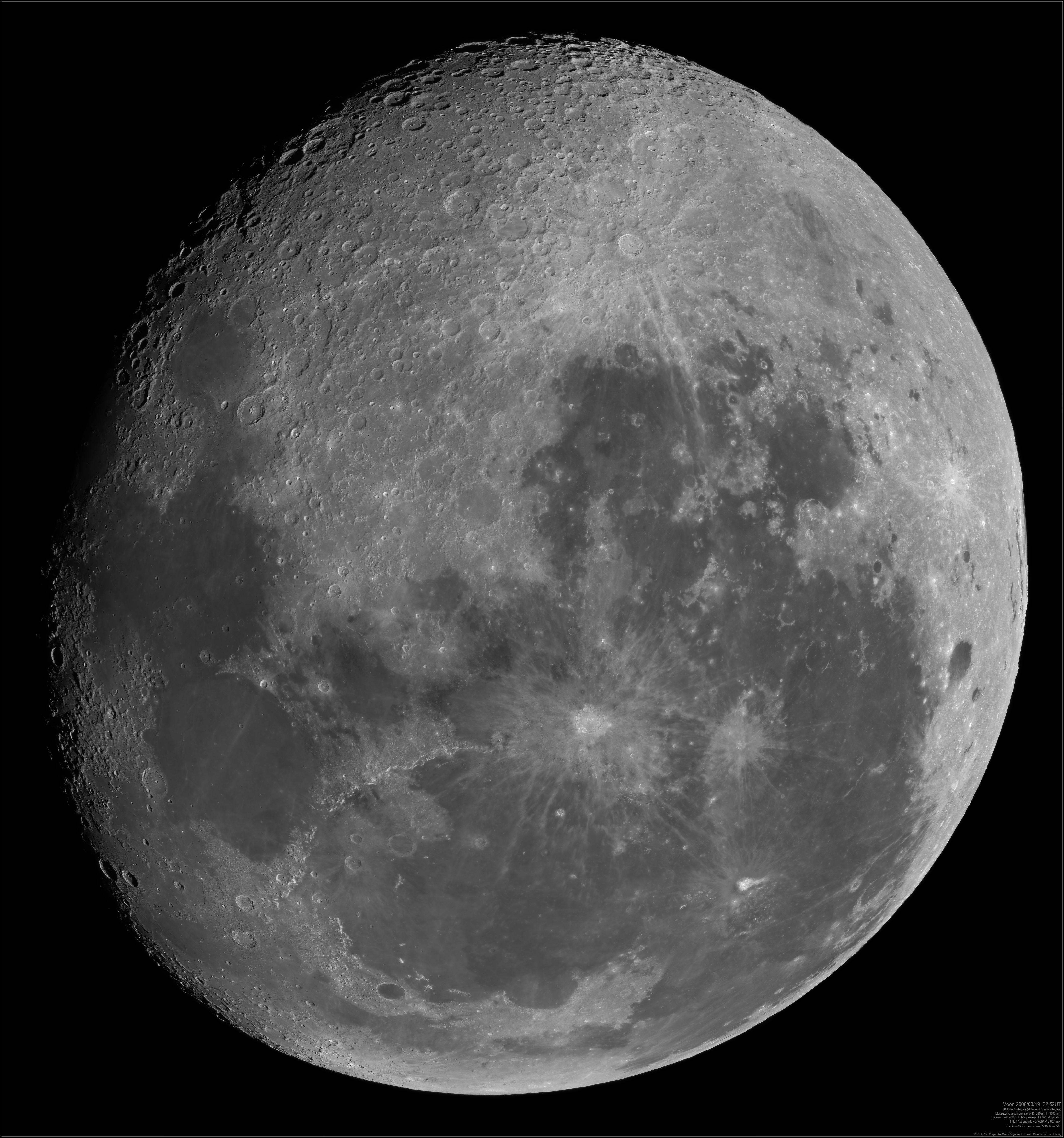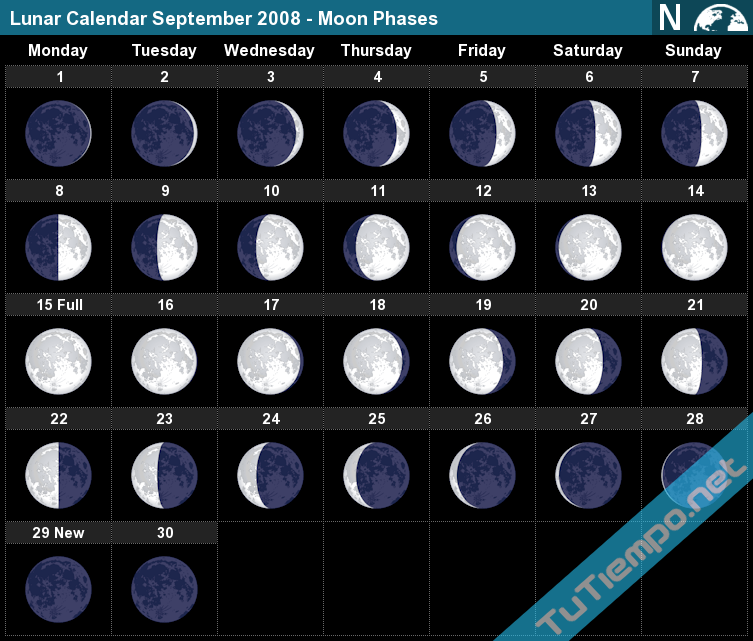September Moon 2008: A Celestial Event That Left Us Stargazing
There's something magical about the September moon, isn't there? In 2008, the lunar cycle aligned in a way that had skywatchers around the globe glued to the night sky. The September moon of that year wasn't just a regular full moon—it carried with it a special significance that resonated with astronomers, astrologers, and dreamers alike. Whether you're into science, spirituality, or just enjoy staring up at the stars, this event was unforgettable. So, let's dive into what made the September moon 2008 so special and why it still sparks conversations today.
Picture this: it's early September, and the moon is rising higher in the sky. The 2008 September moon wasn’t just another full moon; it was a gateway to understanding our connection with the cosmos. People from all walks of life found themselves drawn to the night sky, captivated by the beauty and mystery of the moon. This wasn’t just about astronomy—it was about humanity’s relationship with the universe.
As we explore the 2008 September moon, we’ll uncover its significance, the myths surrounding it, and the science behind it. You might be surprised by how much this natural phenomenon impacts our daily lives, even if you don’t realize it. So, whether you’re here for the facts or the folklore, buckle up because we’re about to embark on a cosmic journey!
Read also:Discover Chanel West Coast Net Worth Age And Personal Life 2023
Table of Contents
- What is the September Moon?
- The 2008 September Moon: A Unique Event
- Astronomical Significance of the September Moon
- Astrological Impact: What Did the Stars Say?
- Cultural Connections and Traditions
- Best Viewing Locations Around the World
- Scientific Insights: Understanding the Moon Cycle
- Myths and Legends Surrounding the September Moon
- Celestial Photography Tips for Moon Lovers
- Conclusion: Why the 2008 September Moon Still Matters
What is the September Moon?
The September moon, also known as the "Corn Moon" or "Harvest Moon," is a celestial event that occurs when the full moon rises in September. Historically, this moon has been associated with the harvest season, marking a time of abundance and gratitude for farmers and agricultural communities. But in 2008, the September moon was more than just a marker of the season—it was a spectacle that captivated the world.
For those who don’t know, the September moon gets its name from the fact that it often coincides with the autumnal equinox. This alignment makes the moon appear larger and brighter than usual, creating a stunning visual display that’s hard to miss. In 2008, the moon was particularly close to Earth, making it a supermoon of sorts, though the term wasn’t as widely used back then.
Why is the September Moon Special?
Let’s break it down. The September moon is special because of its timing and positioning in the sky. During this time, the moon rises earlier than usual, providing more light for nighttime activities. Historically, this was crucial for farmers who needed extra time to harvest their crops before winter set in. But in 2008, the moon’s position relative to Earth made it even more spectacular, drawing attention from both casual observers and seasoned astronomers.
The 2008 September Moon: A Unique Event
In 2008, the September moon was a standout event. It wasn’t just any full moon; it was a moon that seemed to hang in the sky, larger and brighter than usual. This phenomenon, known as a "perigee moon," occurs when the moon is at its closest point to Earth in its orbit. The result? A moon that looks up to 14% larger and 30% brighter than a typical full moon.
But what made the 2008 September moon truly unique? Well, it happened to align with the autumnal equinox, which only happens every few years. This alignment created a perfect storm of celestial beauty, with the moon rising just after sunset, casting a golden glow over the landscape. It was a sight that people couldn’t help but stop and admire.
Key Features of the 2008 September Moon
- Perigee Moon: The moon was at its closest point to Earth, making it appear larger and brighter.
- Autumnal Equinox Alignment: The moon rose just after sunset, creating a stunning visual display.
- Global Observation: People from all over the world were able to witness this event, thanks to clear skies and advanced technology.
Astronomical Significance of the September Moon
From an astronomical perspective, the September moon is more than just a pretty sight. It plays a crucial role in our understanding of the lunar cycle and its impact on Earth. The moon’s gravitational pull affects ocean tides, weather patterns, and even animal behavior. In 2008, the September moon’s proximity to Earth amplified these effects, creating noticeable changes in the natural world.
Read also:Discover Diana Ross Net Worth Age And Personal Life 2023
For example, during the 2008 September moon, coastal areas experienced higher tides than usual. This was due to the moon’s increased gravitational pull, which caused water levels to rise and fall more dramatically. Scientists also noted changes in animal behavior, with some species becoming more active during the moonlit nights.
How Does the Moon Affect Earth?
Here’s a quick breakdown:
- Tides: The moon’s gravitational pull causes ocean tides to rise and fall.
- Weather Patterns: The moon can influence atmospheric conditions, though the exact mechanisms are still being studied.
- Animal Behavior: Some animals, like sea turtles and certain bird species, rely on moonlight for navigation and reproduction.
Astrological Impact: What Did the Stars Say?
For those who believe in astrology, the 2008 September moon held significant meaning. In astrology, the moon is associated with emotions, intuition, and the subconscious mind. The full moon in September is particularly powerful because it occurs during the harvest season, a time of reflection and gratitude.
In 2008, the September moon was in the sign of Pisces, which amplified its emotional and spiritual significance. Pisces is a water sign known for its sensitivity and creativity, making this moon a time for introspection and artistic expression. Many people reported feeling more in tune with their emotions and creative impulses during this period.
Key Astrological Themes of the 2008 September Moon
- Emotional Release: The moon encouraged people to let go of pent-up emotions and embrace vulnerability.
- Creative Inspiration: Artists and writers found themselves inspired by the moon’s energy, leading to bursts of creativity.
- Spiritual Growth: Many people reported experiencing profound spiritual insights during this time, leading to personal transformation.
Cultural Connections and Traditions
Throughout history, cultures around the world have celebrated the September moon in various ways. In Native American traditions, the September moon is known as the "Corn Moon" or "Harvest Moon," symbolizing the end of summer and the beginning of fall. In Chinese culture, the September moon is associated with the Mid-Autumn Festival, a time for family reunions and moon gazing.
In 2008, these cultural traditions took on new meaning as people around the world came together to celebrate the moon’s beauty. From moonlit walks to outdoor festivals, the September moon inspired a sense of community and connection among people of all backgrounds.
Global Celebrations of the September Moon
- Mid-Autumn Festival: In China and other parts of Asia, people gather to admire the moon, eat mooncakes, and light lanterns.
- Harvest Festivals: In Europe and North America, the September moon marks the end of the harvest season, with festivals and feasts to celebrate the bounty of the earth.
- Native American Traditions: Many Native American tribes hold ceremonies and dances to honor the moon and its connection to the natural world.
Best Viewing Locations Around the World
If you were lucky enough to witness the 2008 September moon, you probably know that the best viewing locations are those with minimal light pollution and clear skies. Some of the top spots for moon gazing include:
- Grand Canyon, USA: The vast open space and clear skies make this a perfect location for stargazing.
- Atacama Desert, Chile: Known for its dark skies and high altitude, this is one of the best places in the world to observe celestial events.
- Uluru, Australia: The red desert landscape provides a stunning backdrop for moonlit nights.
For those who missed the 2008 September moon, don’t worry—there will be plenty of opportunities to witness similar events in the future. Just make sure to find a spot with minimal light pollution and bring a good pair of binoculars or a telescope for the best view.
Scientific Insights: Understanding the Moon Cycle
To truly appreciate the 2008 September moon, it helps to understand the science behind it. The moon follows a predictable cycle, known as the lunar cycle, which lasts approximately 29.5 days. During this time, the moon goes through various phases, from new moon to full moon and back again.
In 2008, the September moon was a full moon, meaning the entire face of the moon was illuminated by the sun. This occurs when the moon is on the opposite side of the Earth from the sun, allowing sunlight to reflect off its surface and create the bright, glowing orb we see in the sky.
How Does the Lunar Cycle Work?
Here’s a quick overview:
- New Moon: The moon is between the Earth and the sun, with its dark side facing us.
- First Quarter: Half of the moon’s surface is illuminated, forming a "D" shape in the sky.
- Full Moon: The entire face of the moon is illuminated, creating a bright, glowing orb.
- Third Quarter: The opposite half of the moon is illuminated, forming a "C" shape in the sky.
Myths and Legends Surrounding the September Moon
Throughout history, the September moon has been the subject of countless myths and legends. In ancient Greece, the moon was associated with the goddess Artemis, who was said to hunt under the light of the full moon. In Norse mythology, the moon was believed to be carried across the sky by a chariot driven by the god Mani.
In 2008, these myths took on new life as people around the world shared stories and legends about the September moon. Some believed the moon had healing properties, while others saw it as a symbol of transformation and renewal. Whatever your belief, there’s no denying the moon’s ability to inspire and captivate the human imagination.
Famous Moon Myths and Legends
- Artemis and the Moon: In Greek mythology, the goddess Artemis was the protector of the moon and the hunt.
- Mani and the Norse Moon: In Norse mythology, the god Mani drove a chariot across the sky, carrying the moon with him.
- Chang'e and the Moon: In Chinese mythology, Chang'e is a lunar goddess who lives on the moon after drinking an immortality potion.
Celestial Photography Tips for Moon Lovers
If you’re a fan of celestial photography, the September moon is the perfect subject. With its bright glow and striking appearance, the moon offers endless opportunities for creative expression. Here are


